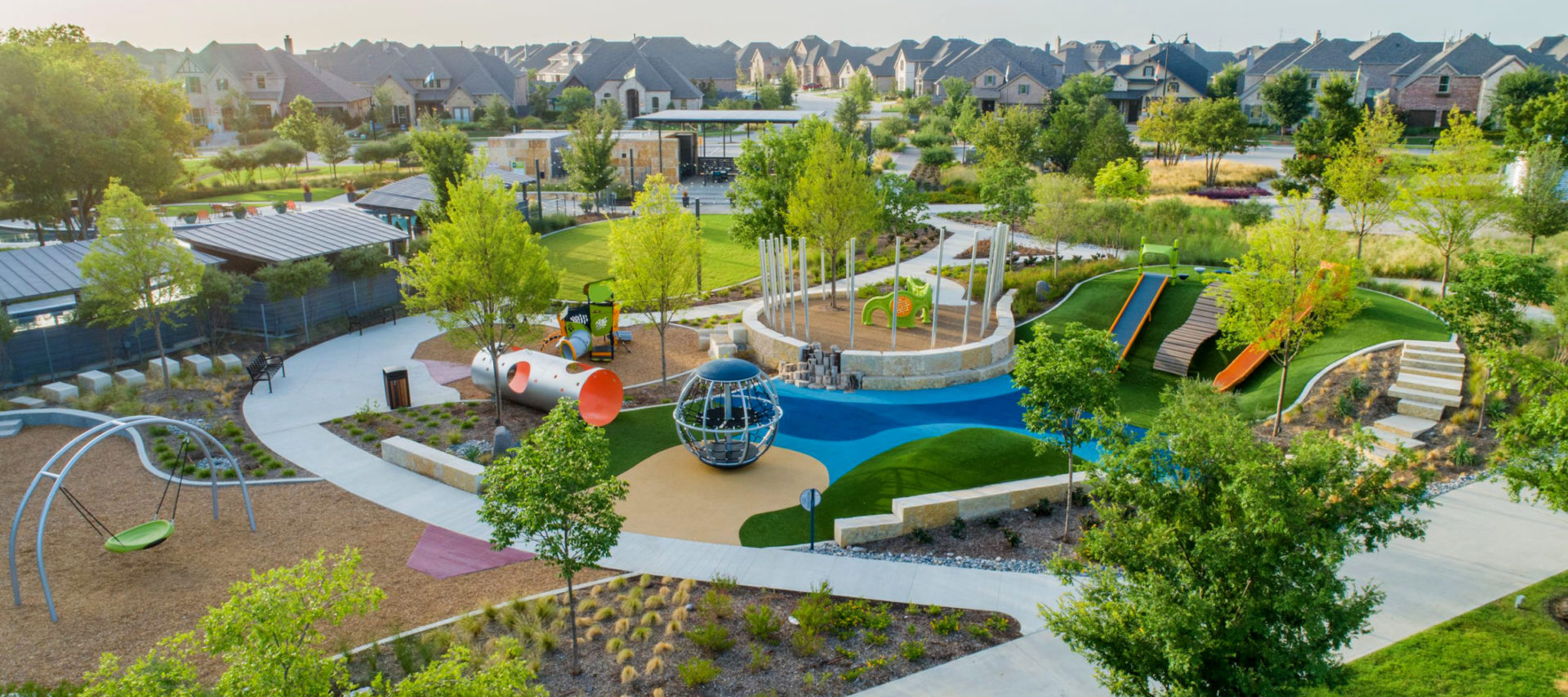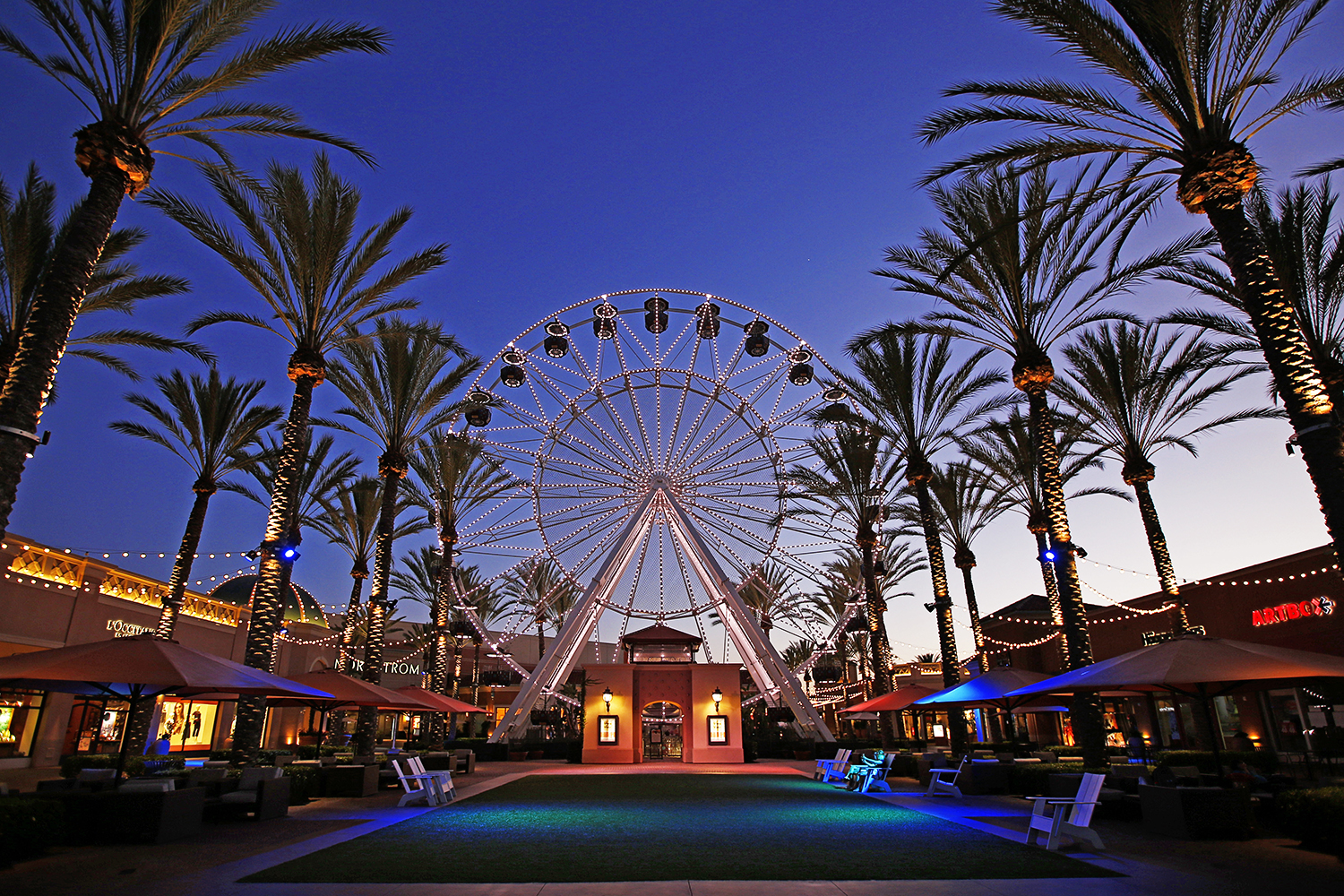

This is a response to the Spring 2024 feature essay “If You Build It, Will They Come?” by Joseph Lawler. Read a Q&A with Lawler about his essay here.
Joseph Lawler’s learned essay on induced demand, looking at the case of highway expansion in Austin, Texas, is fair-minded, but somehow seems more about theory than actual reality. He talks about downtown as if it really mattered all that much. It doesn’t.
Compared to many downtowns, Austin has done well, and a decade ago it was seen as among the most successful in the nation. But more recently, downtown Austin has experienced a rapid increase in office vacancies, up from 14 percent in 2022 to 18 percent in 2023. In contrast, almost all of the growth — in population, employment, and infrastructure — is on the periphery, in suburbs like Cedar Park and Round Rock. Austin’s leaders like to talk about a big new urbanist gain, but the people are headed predominantly in the opposite direction.
This is part of a larger trend. In 1940, thirteen percent of the U.S. population lived in suburbs. In 2010, it was half. An analysis by demographer Wendell Cox of population trends during the 2010s showed that 92 percent of all growth in major metropolitan areas was in the suburbs and exurbs — a trend that well preceded the pandemic. Since 2020, small towns and cities have seen a net gain in domestic migrants, while large metro areas have seen losses.
Simply put, downtowns matter less and less. In Austin and elsewhere, we are witnessing an epochal shift away from the highly concentrated urban center first described by Jean Gottmann in 1983 as the “transactional city.” Gottman spoke of a future dominated by massive high-rise office buildings filled with professionals who commuted largely from the periphery. Yet in reality, jobs have been dispersing throughout metro areas since the 1950s. Bumsoo Lee and Peter Gordon showed that downtowns for cities with the largest populations had dropped to 7 percent of metropolitan employment by 2000, while 78 percent of jobs were located in dispersed areas. Office occupancy and construction of new space have both seen a net decline since the turn of the century. The same goes for businesses, as investment in corporate real estate moves away from dense urban areas.
Remote work, rising before the pandemic but greatly expanded since, allows professionals to work ever further away from their place of employment. According to a 2023 paper at Stanford, work-from-home constituted about 7 percent of workdays before the pandemic and over 60 percent at its peak. The number has since dropped to below 30 percent, but that is still four times the pre-pandemic share.
This trend is particularly critical for high-tech jobs, a key driver in the Austin area. A 2020 study from the University of Chicago suggests that one-third of all jobs could be done remotely and up to half of the jobs generated by Silicon Valley.
Futurists have long argued about how remote work would shape urban geographies. Some predicted a spur to concentration in big cities and high-rises, but others recognized that the ease of telecommunications would allow unprecedented levels of dispersion. Many managers will continue to resist this trend, and surveys of workers suggest that many of them wish a more flexible approach to office occupancy.
This shift favors suburban and exurban areas, particularly those with high concentrations of knowledge workers. Work from home, whether full-time or in a hybrid model, according to a Conference Board survey, also addresses issues especially important to millennials, like work–life balance. The new paradigm also favors suburban and exurban buildings that can accommodate both full-time and hybrid workers, perhaps one reason why they are now outperforming many of their downtown counterparts.

Focusing on freeways to downtown is a bit like buying horse futures around the time of the Model T. Rather than suffering as the result of “job sprawl,” since the 1970s the suburbs and exurbs have continued to garner a growing percentage of the nation’s wealth, according to a paper by Whitney Airgood-Obrycki. Instead, the focus should be on connecting the various suburban areas through both highways and the promotion of remote work.
As we look to develop our transportation policy, our focus should be not on downtown and its dependent suburban workforce, but on connecting whole regions through roads and telecommunications. This is particularly applicable to areas like Austin, Silicon Valley, North San Diego County, Raleigh and Durham, and Boston’s Route 128 tech corridor.
These areas, suggests the historian Margaret Pugh O’Mara, represent the emergence of a new urban form: “cities of knowledge.” Instead of “amorphous ‘regions’” extending out from the core, they achieve “classic definitions of cities in terms of their economic diversity and self-sufficiency.” These cities may have suburban features such as housing tracts, strip malls, and access by car, but they still fulfill many of the traditional functions of the urban core, from recreation and culture to accommodating elite business sectors.
Critics of this growth pattern have often suggested that people would move downtown if they could. And perhaps some might do so, if more spacious and affordable housing were available, and if the schools were better or the streets safer. But that’s not the reality. So for the most part, surveys, such as one in 2019 by political scientist Jessica Trounstine, have found that the preference for lower-density, safe areas with good schools is “ubiquitous.”
This preference is also being adopted by tech firms who are seeking to house their workers. Some of the country’s leading tech moguls have backed pro-density efforts of the YIMBY (“Yes in my backyard”) movement, including executives at Cisco Systems, Palantir Technologies, and Y Combinator. Yet density fever seems to be breaking among the oligarchs. Recently, a group of Silicon Valley investors began pushing to build a new community in Solano County, sixty miles from San Francisco. Similarly, Elon Musk is planning to establish a new city outside Austin.
Even educated millennials, the key to past urban growth, are migrating increasingly from the larger coastal metros to the suburb-dominated Sunbelt. Over the past decade, the fastest-growing counties have been outside cities such as Atlanta, Dallas, and Orlando, part of a suburban migration that is most noticeable among people earning over $75,000 and those between the ages of 30 and 44.
As these populations migrate, suburbs will have to change to accommodate their preferences for such things as walking, cultural activities, and recreation. This can be seen in large-scale developments such as Irvine outside Los Angeles, the Woodlands outside Houston, and New Albany near Columbus, Ohio. Developments can accomplish this in part because they have the capital and space, and are far more adept than urban cores at creating environmentally sustainable “garden cities” with their own or nearby offices, recreational facilities, and cultural amenities.
Unlike the largely unplanned, or one-dimensional, housing tracts characteristic of the old suburban form, these areas generally seek to combine housing, retail, and recreation with employment. Rather than the anti-city described by some New Urbanists, these places, writes Ann Forsyth in her book Reforming Suburbia, have fulfilled the goals of the New Urbanists “on a grand scale,” exhibiting “cutting-edge planning and design strategies.”
Perhaps the greatest advantage of well-planned communities, with their ample open space, room for remote work, and considerable outdoor amenities, can be seen in environmental terms. As new developments, they tend to use materials, energy systems, and water systems that are more environmentally sustainable and allow for a richer diversity of plants and animals. The rise of hybrid and full-time work at home could also prove a huge environmental win. The International Energy Agency suggests that “if everybody able to work from home worldwide were to do so for just one day a week, it would save around 1 % of global oil consumption for road passenger transport per year,” a savings “equivalent to the bulk of Greater London’s annual CO2 emissions.” Some countries, such as Ireland, now support the idea of expanding remote work, in part to cut down on greenhouse emissions.
The rise of suburbs and exurbs, and the particular success of planned towns, is not a rejection of the city but the latest adaptation to contemporary conditions. What planners need is to focus not on transportation issues based on the old model, but on how to fit into the new.
Keep reading our Summer 2024 issue
The Amish on AI • Why UFOs • Facts vs. us • EA as self-help • Subscribe
Exhausted by science and tech debates that go nowhere?